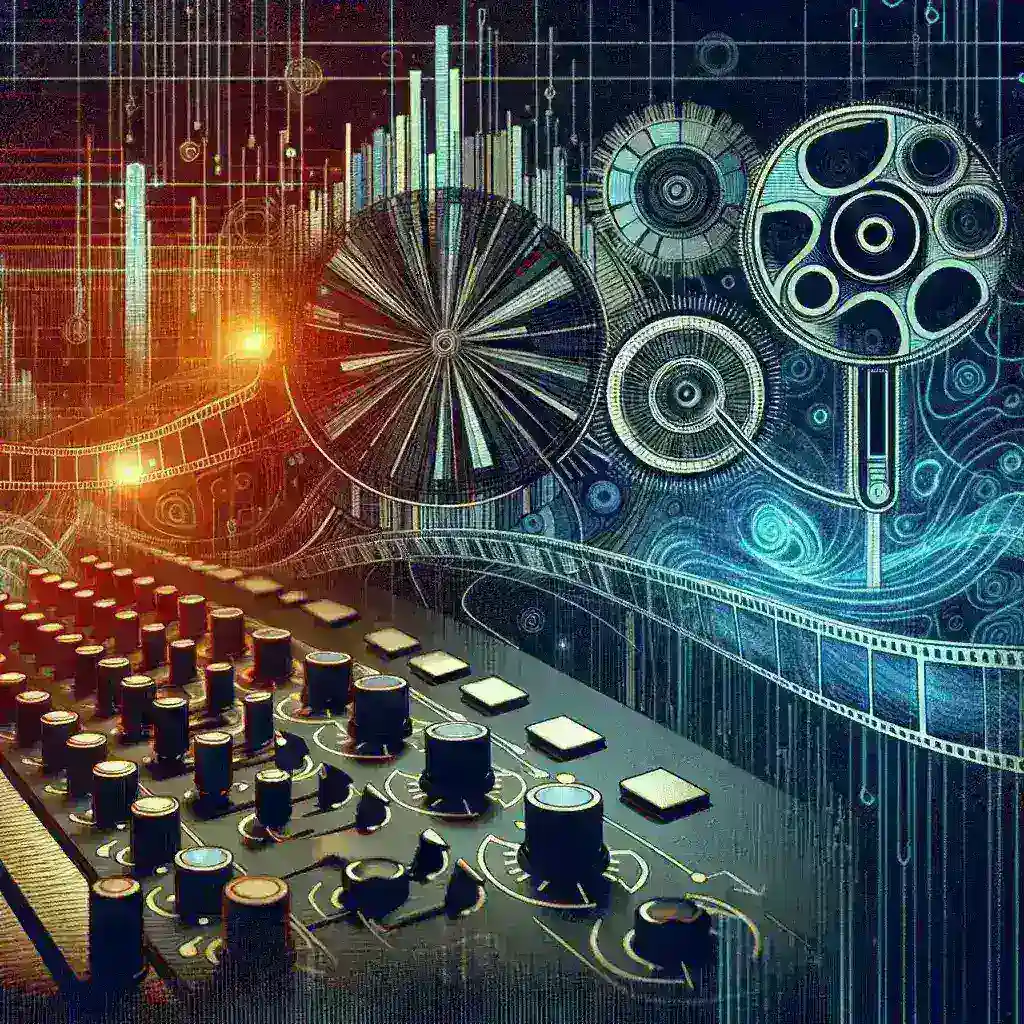Introduction
In the ever-evolving world of film production, efficiency and creativity must go hand in hand. One of the most groundbreaking innovations in video editing is the introduction of artificial intelligence (AI) to assist editors. Among the frontrunners in this technological revolution is DaVinci Resolve, a powerful editing software that has integrated AI capabilities to auto-edit dialogue scenes, drastically changing the landscape of film editing.
The Rise of AI in Video Editing
AI technology has been making waves across various industries, and video editing is no exception. The traditional editing process often requires extensive time and manual effort, particularly in dialogue-heavy scenes where timing and rhythm are crucial. The advent of AI tools has allowed editors to automate mundane tasks, thus freeing up their creative energy for more artistic endeavors.
Historical Context
Video editing has come a long way from the days of linear editing with physical tape. The shift to non-linear editing systems (NLE) in the late 20th century marked a significant turning point, enabling editors to manipulate video more freely. However, the introduction of AI into editing software like DaVinci Resolve represents the next frontier, where algorithms and machine learning can now enhance the editing experience.
How DaVinci Resolve AI Works
DaVinci Resolve employs advanced machine learning algorithms to analyze dialogue scenes. Here’s how it works:
- Scene Analysis: The AI assesses the footage, identifying which sections contain dialogue and determining the emotional tone of each segment.
- Cut Suggestions: Based on its analysis, the AI generates suggestions for cuts that enhance the narrative flow.
- Auto-Editing: Editors can choose to apply the AI’s suggestions with a single click, drastically reducing the time required for initial edits.
Benefits of AI Auto-Editing
The benefits of utilizing AI for auto-editing dialogue scenes in DaVinci Resolve are manifold:
- Time Efficiency: Editors can complete rough cuts in a fraction of the time, allowing for more iterations and creative exploration.
- Consistency: The AI ensures that cuts are made consistently, maintaining the pacing and emotional rhythm throughout the scene.
- Focus on Creativity: With the heavy lifting done by AI, editors can devote more time to refining their creative vision.
Challenges and Considerations
While the use of AI in editing presents numerous advantages, it also comes with challenges:
- Creative Limitations: Relying too heavily on AI can stifle a human editor’s creative instincts. The balance between automation and artistic input is crucial.
- Understanding AI Suggestions: Editors must develop a keen understanding of the AI’s recommendations and how to adapt them to fit their unique storytelling.
Future Predictions
The future of AI in video editing is promising. As algorithms become more sophisticated, we can expect tools that offer deeper insights into storytelling techniques, enabling even greater automation of the editing process. Furthermore, as filmmakers embrace AI technologies, we may witness a new wave of storytelling methods that were previously unimaginable.
Real-World Application
Numerous filmmakers and content creators are already leveraging the AI features in DaVinci Resolve to enhance their projects. For instance, an independent filmmaker working on a feature film reported that using the AI auto-editing feature allowed them to finalize their first cut in just three days instead of the usual week—a significant advantage in the fast-paced world of filmmaking.
Expert Insights
Industry experts have lauded the use of AI in editing. According to a prominent film editor, “The integration of AI into tools like DaVinci Resolve will not only change how we edit but also redefine the role of the editor in the filmmaking process.” This sentiment reflects a broader recognition of AI as a valuable collaborator in creative industries.
Conclusion
The integration of AI into DaVinci Resolve represents a monumental leap in the editing process, especially for dialogue scenes. By harnessing the power of AI, filmmakers can streamline their workflow, maintain consistency, and ultimately focus on their creative vision. As technology continues to evolve, the potential for AI in film editing will only grow, paving the way for innovative storytelling methods and enhanced artistic expression.
In summary, DaVinci Resolve’s AI auto-editing capabilities are not just a tool for efficiency; they are a doorway to a new era of filmmaking, where creativity and technology work hand in hand to create compelling narratives.


Leave a Reply